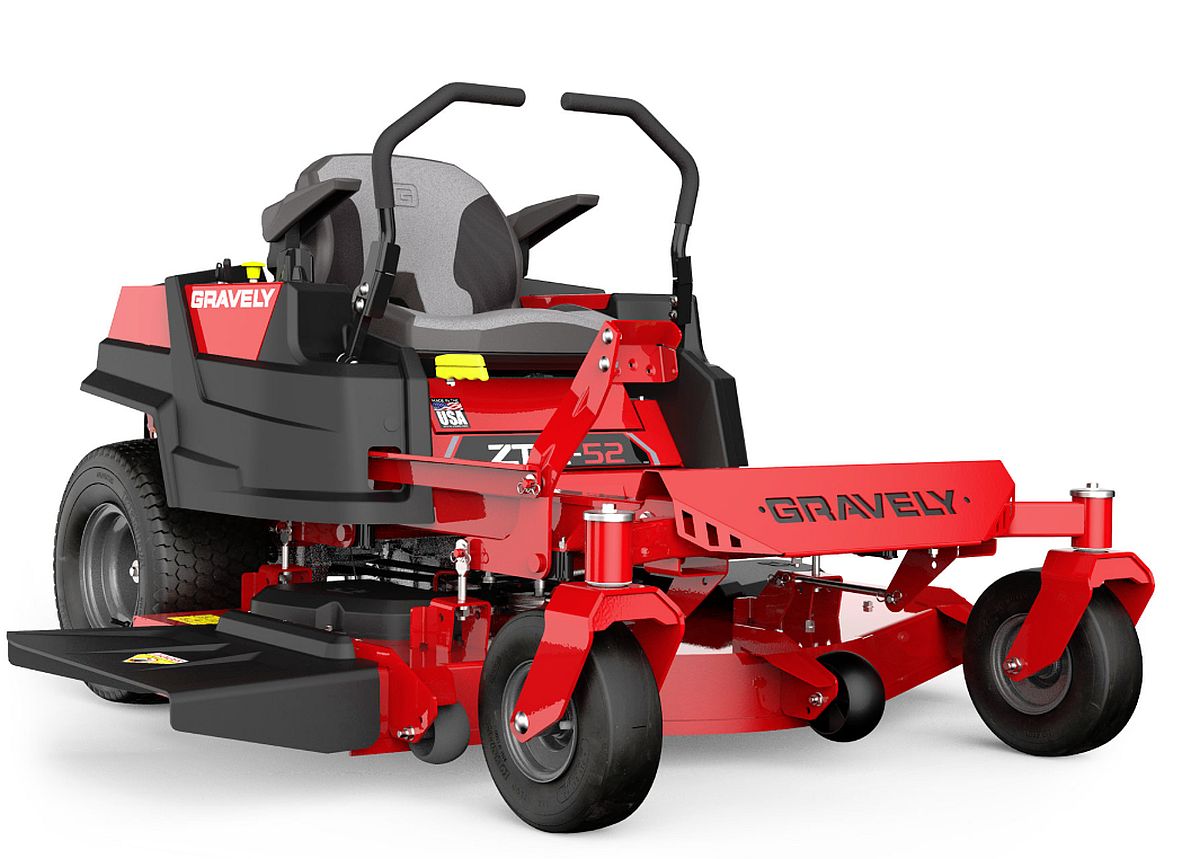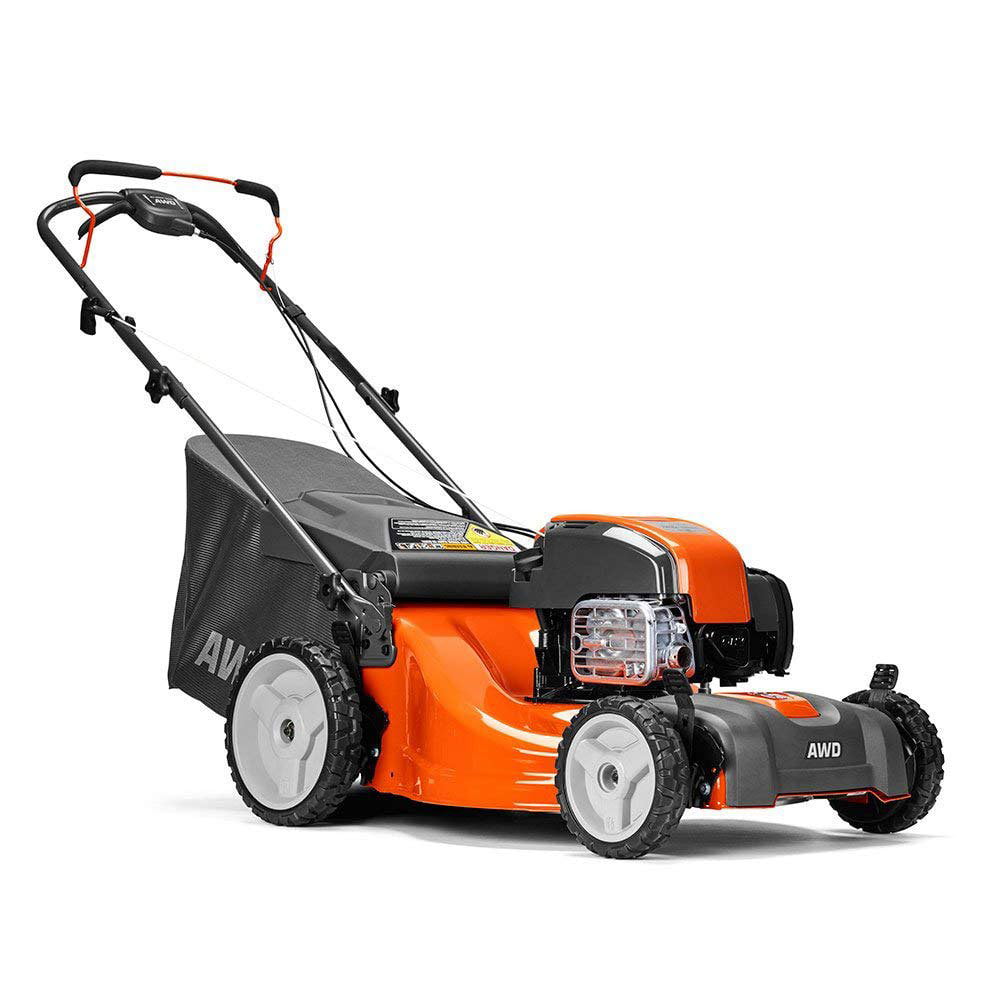A grass lawn mower is a machine designed to maintain lawns. Different models may be powered by humans, animals, petrol engines, or electricity, and may be either self-contained units or towed behind a larger vehicle. The earliest versions were invented in Britain in the mid-1830s, but they were not widely used until the early 20th century.
In areas with scarce water resources, artificial lawns are becoming increasingly popular. Installing an artificial lawn is a major undertaking, but it eliminates the need for watering and frequent mowing.
As a result of these recent trends, the market for both machines and artificial grass is likely to remain strong over the next decade.
Grass Lawn Mower
Grass lawn mowers are essential tools for maintaining a healthy and beautiful lawn. They come in various types and sizes, each with its own advantages and disadvantages. Here are four key aspects to consider when choosing a grass lawn mower:
- Power source: Mowers can be powered by gas, electricity, or battery. Gas mowers are the most powerful, but they are also the loudest and most polluting. Electric mowers are quieter and more environmentally friendly, but they have a shorter run time than gas mowers. Battery mowers are the quietest and most environmentally friendly, but they also have the shortest run time.
- Cutting width: The cutting width of a mower determines how wide of a swath it can cut in one pass. Wider cutting widths are more efficient, but they can be more difficult to maneuver in tight spaces.
- Height adjustment: The height adjustment of a mower determines how high or low the grass is cut. Different grasses require different cutting heights, so it is important to choose a mower that can be adjusted to the appropriate height.
- Features: Some mowers come with additional features, such as mulching, bagging, and side discharge. Mulching mowers chop up the grass clippings and return them to the lawn, which can help to fertilize the grass. Bagging mowers collect the grass clippings in a bag, which can be emptied later. Side discharge mowers discharge the grass clippings to the side of the mower.
When choosing a grass lawn mower, it is important to consider the size and type of your lawn, as well as your personal preferences. By taking the time to choose the right mower, you can ensure that your lawn will look its best all season long.
Power source
The power source of a grass lawn mower is an important consideration, as it affects the mower’s performance, noise level, and environmental impact. Gas mowers are the most powerful, but they are also the loudest and most polluting. Electric mowers are quieter and more environmentally friendly, but they have a shorter run time than gas mowers. Battery mowers are the quietest and most environmentally friendly, but they also have the shortest run time.
The best power source for a grass lawn mower depends on the individual’s needs and preferences. If power is the most important factor, then a gas mower is the best choice. If noise and environmental impact are more important, then an electric or battery mower is a better option.
In recent years, there has been a growing trend towards electric and battery-powered mowers. This is due to increasing concerns about noise and air pollution. Electric and battery mowers are also becoming more powerful and have longer run times, making them a more viable option for many homeowners.
Cutting Width
When selecting a grass lawn mower, the cutting width is a crucial factor to consider. It directly influences the efficiency and maneuverability of the mower, ultimately impacting the quality and ease of lawn maintenance.
-
Efficiency
Wider cutting widths allow the mower to cover more ground in a single pass, increasing efficiency and reducing mowing time. This is particularly beneficial for larger lawns or areas with open spaces.
-
Maneuverability
While wider cutting widths enhance efficiency, they can compromise maneuverability, especially in confined areas or around obstacles. Narrower cutting widths are better suited for smaller lawns, intricate landscapes, or areas with tight corners.
-
Grass Type and Condition
The cutting width should also align with the type and condition of the grass. For dense or overgrown grass, a wider cutting width may be necessary to achieve a clean and even cut. Conversely, for delicate or fine grass varieties, a narrower cutting width is preferred to prevent scalping.
-
Personal Preferences
Ultimately, the choice of cutting width depends on individual preferences and the specific requirements of the lawn. Consider the size, shape, and complexity of the lawn, as well as the desired level of efficiency and maneuverability.
By carefully considering these factors, homeowners can select a grass lawn mower with the optimal cutting width, ensuring a well-maintained lawn that meets their specific needs.
Height adjustment
The height adjustment of a grass lawn mower is a crucial factor in achieving a healthy and well-maintained lawn. Different grass types have specific optimal cutting heights that promote their growth and resilience. For instance, cool-season grasses like fescue and Kentucky bluegrass generally prefer a cutting height of 2.5 to 3.5 inches, while warm-season grasses like Bermuda and zoysia thrive at a cutting height of 1 to 2 inches.
Adjusting the mower to the appropriate height ensures several benefits. It helps prevent scalping, which occurs when the grass is cut too short, damaging the grass blades and potentially exposing the soil to sun and heat stress. Conversely, cutting the grass too high can lead to a thick, unkempt appearance and hinder sunlight penetration to the lower blades.
Furthermore, the height adjustment feature allows for seasonal adjustments. During periods of drought or stress, raising the cutting height can reduce water loss and protect the grass from excessive heat. In contrast, lowering the cutting height during spring or fall can promote denser growth and a more manicured look.
Choosing a grass lawn mower with a wide range of height adjustments provides flexibility and control over the lawn’s appearance and health. By understanding the optimal cutting height for the specific grass type and adjusting the mower accordingly, homeowners can achieve a lush, vibrant lawn that enhances the overall aesthetic appeal of their outdoor space.
Features
The additional features available on some grass lawn mowers can significantly enhance the functionality and efficiency of the machine. Mulching mowers, for instance, offer the advantage of finely chopping the grass clippings and dispersing them back onto the lawn, where they decompose and act as a natural fertilizer. This eliminates the need for separate fertilizing, saving time and resources while promoting a healthier, greener lawn.
Bagging mowers, on the other hand, are ideal for collecting the grass clippings in a removable bag, which can be emptied into a compost bin or disposed of. This feature is particularly useful for lawns with excessive clippings or in areas where clippings may obstruct sidewalks or driveways. Side discharge mowers, as the name suggests, discharge the grass clippings to the side of the mower, making them suitable for larger lawns where clippings can be left to decompose naturally.
Understanding the benefits and applications of these additional features allows homeowners to choose a grass lawn mower that best meets their specific needs. Whether it’s the convenience of mulching, the practicality of bagging, or the simplicity of side discharge, these features play a vital role in maintaining a well-manicured lawn while maximizing efficiency and minimizing environmental impact.
Grass Lawn Mower Tips
Maintaining a healthy and beautiful lawn requires regular mowing, and the right techniques can significantly improve the results. Here are some tips to help you get the most out of your grass lawn mower:
Tip 1: Mow regularly
Regular mowing encourages grass growth and prevents it from becoming too long and difficult to cut. Aim to mow your lawn every 1-2 weeks during the growing season.
Tip 2: Set the correct cutting height
The cutting height should be adjusted according to the grass type and the time of year. Generally, taller grass is better for summer as it helps retain moisture, while shorter grass is preferred in winter to reduce snow mold.
Tip 3: Sharpen the mower blades
Sharp mower blades give a clean cut, reducing stress on the grass and promoting healthy growth. Dull blades tear the grass, making it more susceptible to disease and pests.
Tip 4: Use the right fuel
Always use the fuel recommended by the mower manufacturer. Using the wrong fuel can damage the engine and void the warranty.
Tip 5: Maintain the mower
Regular maintenance extends the life of the mower and ensures optimal performance. Clean the mower after each use, check the oil level, and replace the spark plugs and air filter as needed.
Tip 6: Avoid mowing wet grass
Mowing wet grass can clog the mower and damage the grass blades. Wait until the grass is dry before mowing.
By following these tips, you can keep your lawn healthy and looking its best all season long.
Conclusion
Grass lawn mowers have become indispensable tools for maintaining healthy and aesthetically pleasing lawns. They come in various types and sizes, each with its own advantages and disadvantages. When choosing a grass lawn mower, it is important to consider the size and type of your lawn, as well as your personal preferences. By following the tips outlined in this article, you can get the most out of your grass lawn mower and keep your lawn looking its best.
With the increasing popularity of sustainable landscaping practices, the future of grass lawn mowers is likely to involve the adoption of more environmentally friendly technologies. Electric and battery-powered mowers are becoming increasingly popular, and advancements in these technologies promise even more efficient and eco-conscious lawn care in the years to come.


